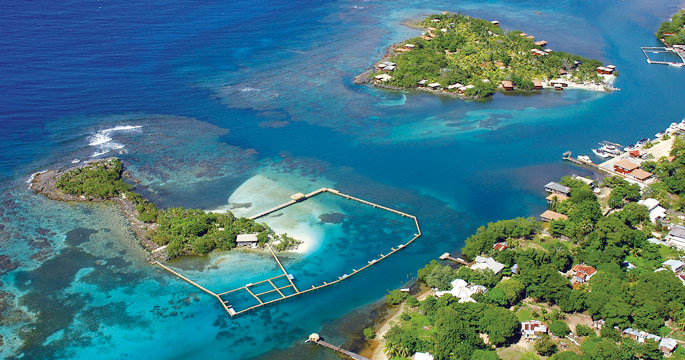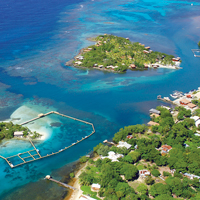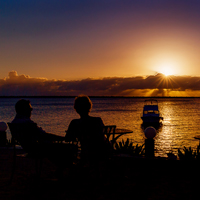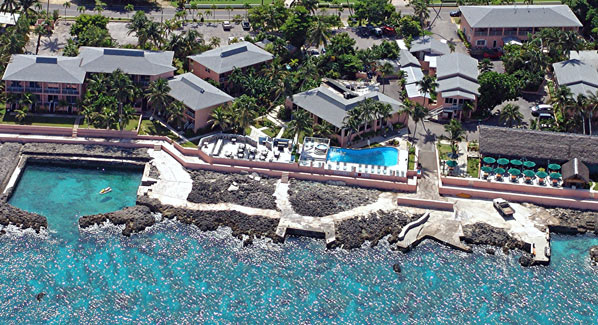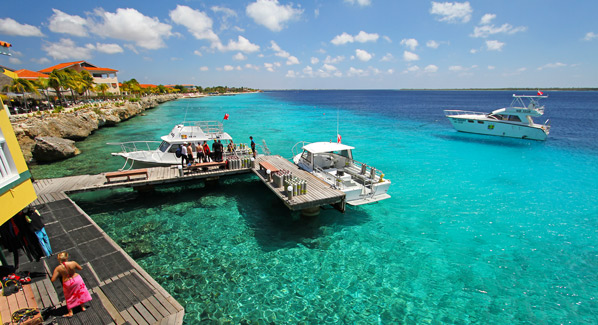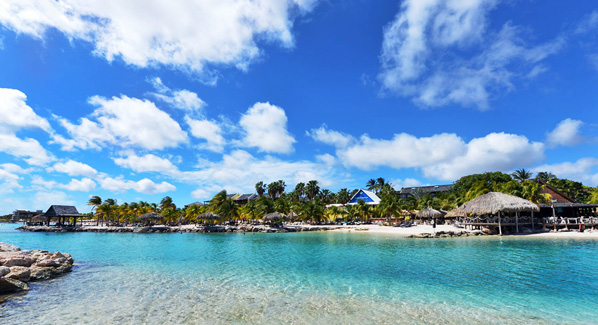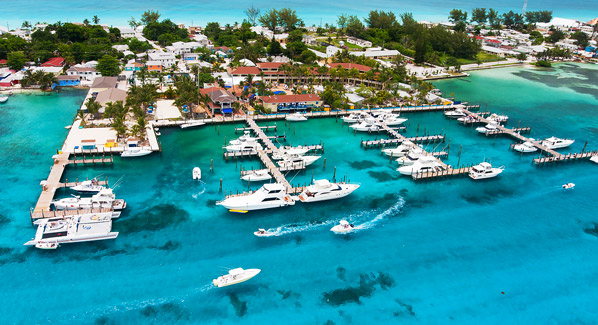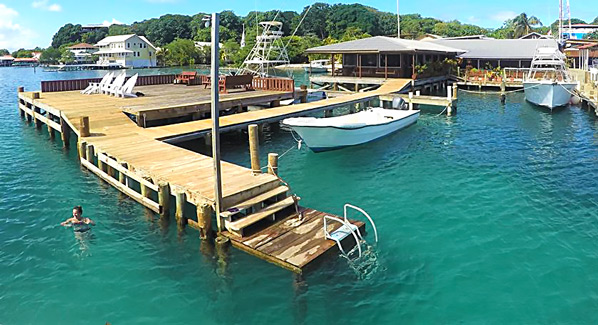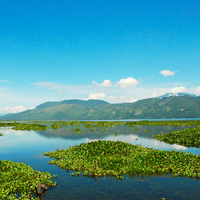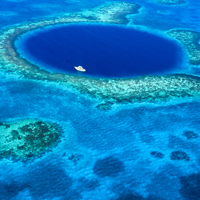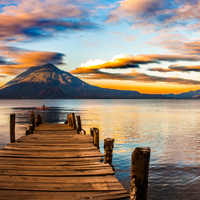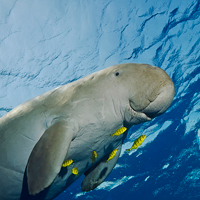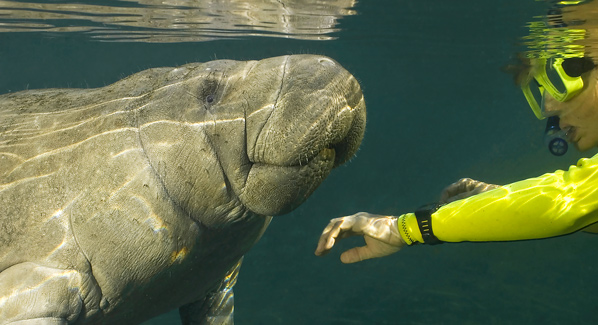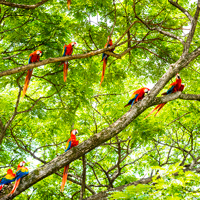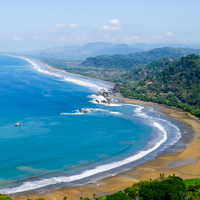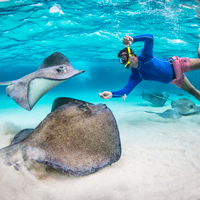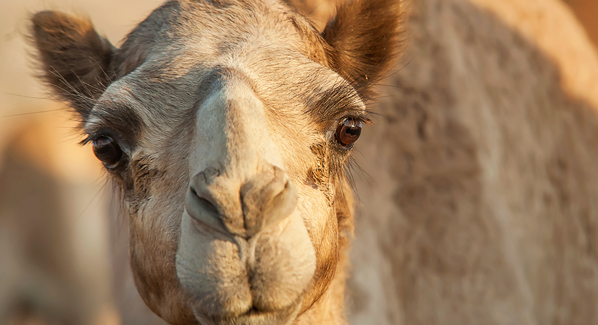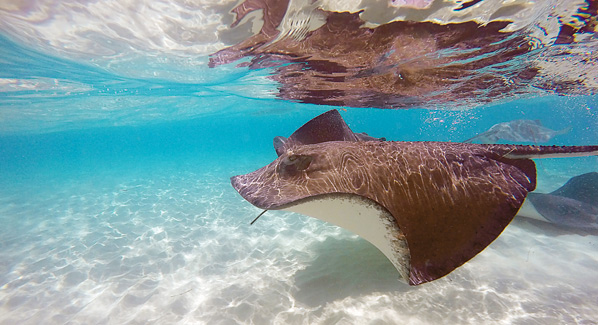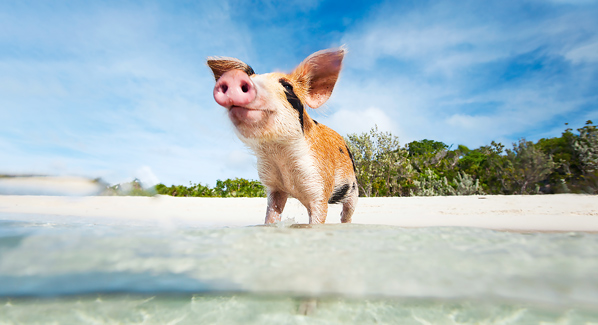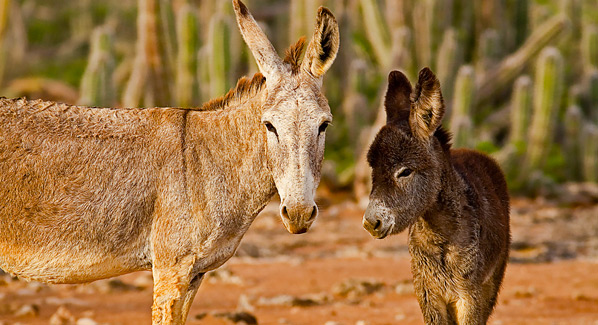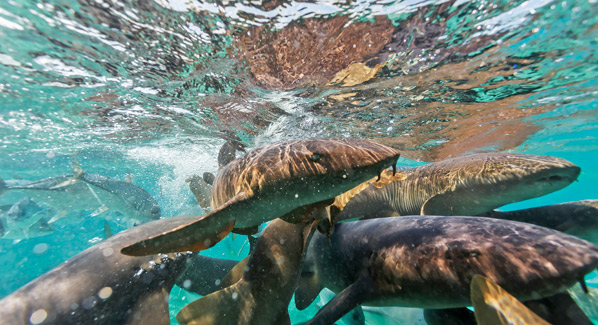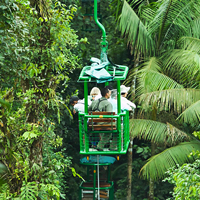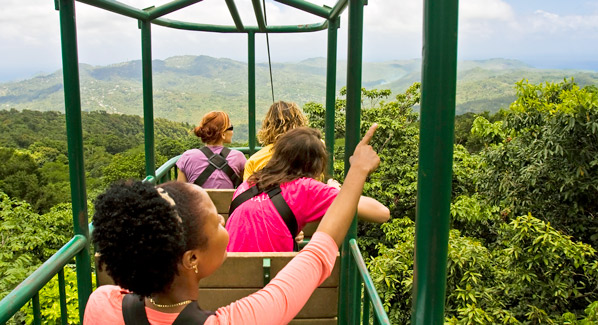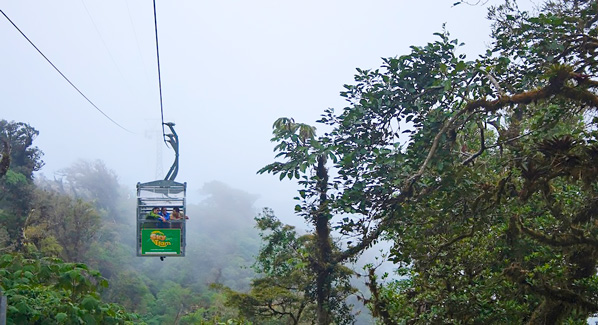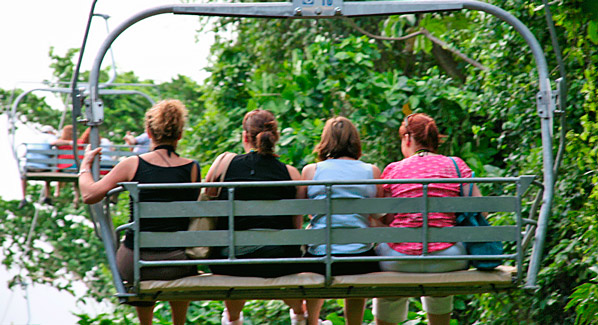The only thing better than staying near the water is staying on the water. One of the best places to do this is on the Honduras island of Roatan, where tranquil lagoons face green hills, and some of the finest coral reefs in the Caribbean lie just a short swim from shore. Here are three resorts where you can take a dip right from your front porch.
Anthony’s Key Resort
This landmark property began as a simple dive lodge, but over the course of four decades has evolved into one of Roatan’s signature resorts. Yet despite it’s success, Anthony’s Key retains an intimacy with its surroundings that are reminiscent of a peaceful island village. A number of the resort’s private bungalows perch on a palm-studded hillside, while others line the shore of a small island in the adjacent lagoon. The premier accommodations are the dock bungalows, which sit over the water, with large louvered windows to take in the view, and decks that offer breezy hammocks on the shaded area below and an open deck above for sunbathing or star gazing.
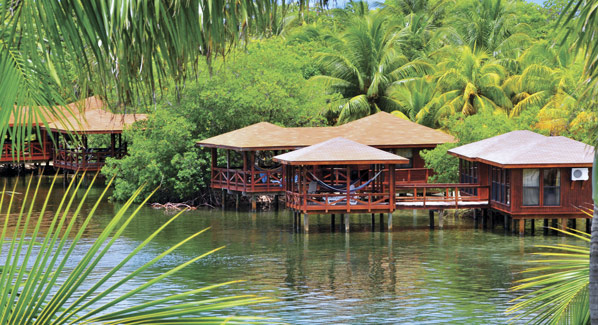
In addition to over-water bungalows, the private island at Anthony’s Key Resort is lined with a number of waterfront gazebos where hammocks are slung on shaded decks. Photo: Cesar Rodas/Anthony’s Key
A short boat ride connects bungalows on the private island to the resort’s main grounds, where the on-site restaurant and bar are perched high on a hillside surrounded by towering coconut palms. At the waters edge are the photo, gift, and dive shops, where a fleet of modern dive boats depart daily for diving and snorkeling adventures. Right next door is the Roatan Institute of Marine Sciences, where guests can join trained naturalists to interact with dolphins or discover the island’s indigenous plants and animals on guided hikes. Guests have access to kayaks and stand-up paddleboards, and can schedule activities such as beachside horseback rides or treatments at the Ixora Spa.
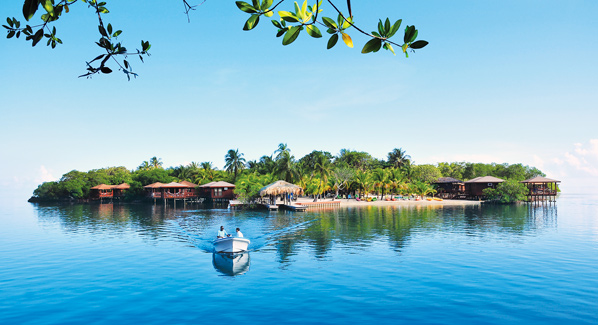
The over-water bungalows at Anthony’s Key Resort are located on a small private island that is reached via a short boat ride from the resort’s central facilities on Roatan. Photo: Anthony’s Key
Coco View Resort
Sitting on a small spit of land, with a mangrove lagoon on one side, and the Caribbean Sea on the other, every room at Coco View focuses on the water. If that isn’t enough, guests can opt for one of the resort’s over-the-water bungalows and cabanas, which provide sweeping views of the Caribbean’s longest barrier reef. The cabanas are the resort’s most spacious guest rooms, with decors that showcase traditional Honduran textiles and woods, and private decks with hammocks.
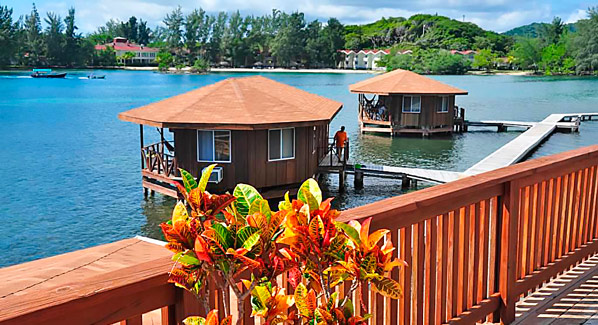
Wooden walkways connect the over-water cabanas at Coco View Resort. From private decks, guests can enjoy a nearby coral reef or paddle into a network of mangrove lagoons. Photo: Coco View Resort
Wooden walkways connect cabanas to the garden-like grounds of the resort, which include amenities such as a full-service dive and snorkeling concession and an on-site spa. The property includes swimming beaches, snorkeling reefs and mangrove lagoons and canals that guests can explore by kayak. A small private island known as Hawksbill Key provides quiet seclusion, and is also the site of weekly beach parties hosted by Coco View. Scuba diving and snorkeling are favorite activities, but a full range of additional activities is available, including golf, zip-line canopy tours, fishing excursions, dolphin encounters and private in-room massages.
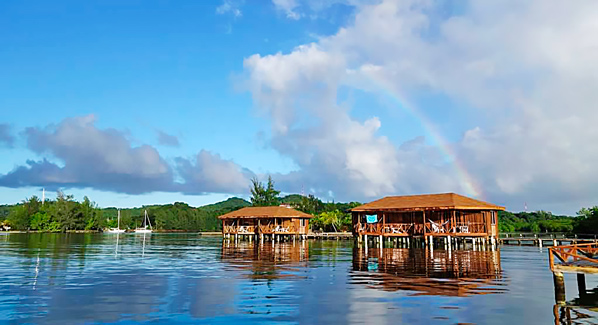
Calm waters envelop the over-water cabanas at Coco View Resort. From these private accommodations, it is just a short walk to the resort’s full range of amenities, and to a private island sanctuary. Photo: Coco View Resort
Mango Creek Lodge
Nature takes center stage at Mango Creek Lodge, which nestles into the wooded shoreline of Port Royal Harbor on Roatan’s sparsely settled east end. A lagoon that was once the haunt of pirates now houses a collection of brightly colored cabanas that perch on pilings in clear, shallow water, with private docks providing access to the wooded shoreline. These traditionally styled structures are separated for privacy, with spacious interiors that showcase Honduran hardwood floors, mahogany and cedar louvered windows, and unique, hand carved decorative doors and furniture. Private waterfront porches are hung with hammocks, and adjacent sundecks provide direct access to the waters of the lagoon.
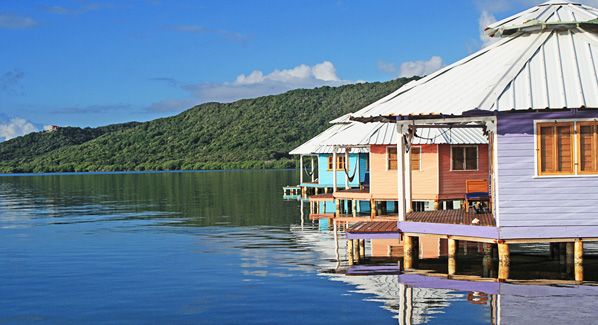
Cabanas at Mango Creek Resort feature traditional Honduran styling, with tin roofs, bright colors and interiors that showcase native materials and hand-carved fixtures. Photo: Mango Creek
Mango Creek sits on 22 acres of landscaped grounds that adjoin the Port Royal Wildlife Refuge. The traditional central lodge overlooks the beach, while the resort’s bar and restaurant are set over the water to capitalize on expansive water views and sunsets. Fishing, kayaking, snorkeling and nature hikes in the surrounding hills are all favorite activities. With few roads on this wilder end of the island, walking paths and travel by boat become the preferred methods of transportation, and socializing at the clubhouse or relaxing on the deck is made easier without the distractions of big screen televisions or the late night revelry of a next-door beach club.
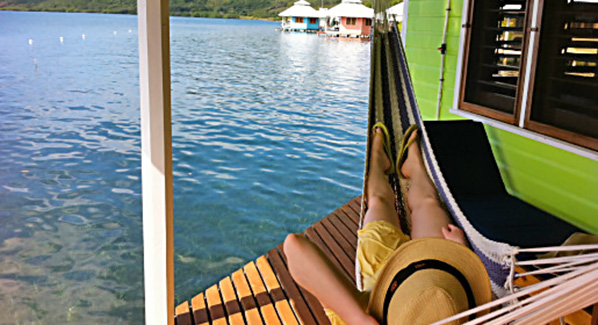
Ease into a hammock on the deck of an over-water cabana at Mango Creek and you may forget you are still tied to the land. The inviting waters of Port Royal Sound are just a splash away. Photo: Mango Creek

